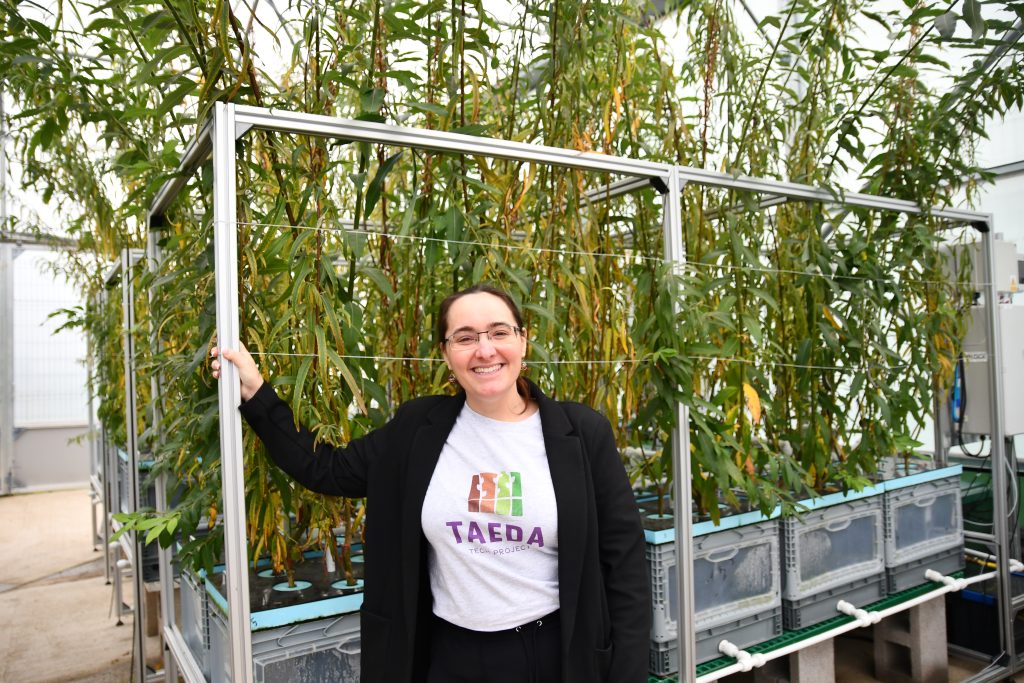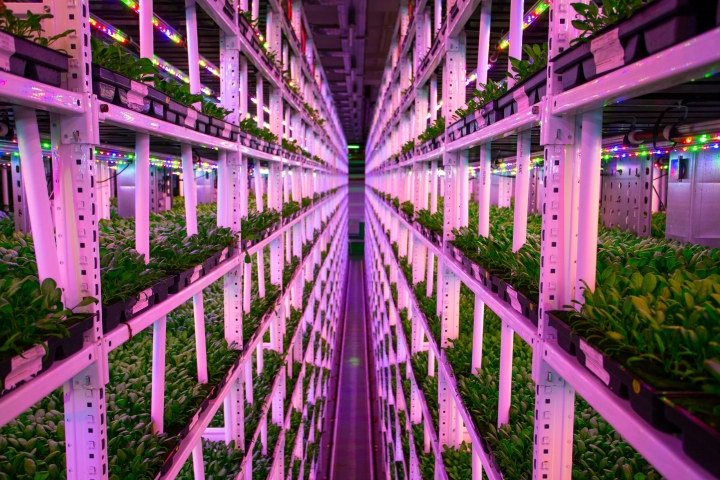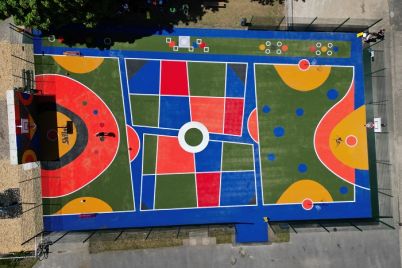The University of Surrey has led a new study on whether vertical farming can deliver a sustainable alternative to field-grown crops.
In the face of climate change, vertical farming offers a much-needed opportunity to secure food production. Published in Food and Energy Security, the study has found that while vertical farming dramatically increases lettuce yields and uses far less water, the carbon footprint still exceeds traditional lettuce farming.
This raises important questions about how the UK can balance food security with environmental responsibility, and this study is believed to be the first to fully account for soil emissions from field farming while comparing them to crops grown in a commercial vertical farm in the UK.
The study itself took a cradle-to-store view of lettuce production, where researchers analysed and compared two UK farms – one on a mineral soil and one on peat-based soil – and a farm in Spain, which together, supply most of the UK’s lettuce.
After completing tests, results found that vertical farms can deliver more than 20 times the yield of field farms – around 97 kilograms per square metre compared with just 3.3 kilograms. Water use is also around eight times lower compared to Spanish land farms, where irrigation demands are high (0.9 m³/kg lettuce in vertical farms compared with up to 7.3 m³/kg in Spain).
It is worth noting that the greenhouse gas emissions remain higher with vertical farming, where it produced about 0.93 kilograms of greenhouse gases for every kilogram grown. This is unpredicted as even though vertical farming is powered by renewable energy; the UK field farms only produced 0.57 kilograms.
Postgraduate Researcher at the University of Surrey’s Centre for Environment and Sustainability and lead author of the study, Michael Gargaro, said: “Vertical farming has the potential to transform food security in the UK, particularly as climate change and seasonal drought place growing pressure on traditional agriculture. Our research shows that while the technology can bring far higher yields and reduce water use, it currently comes with a higher carbon cost. The challenge now is to make vertical farming more energy-efficient and better integrated with renewable systems, so that it can become a truly sustainable solution.”

As much of the carbon impact was linked to the high energy demands of vertical systems and jute fibre plugs, researchers have found that switching to alternative materials, could cut the land footprint of vertical farms by more than 95%.
Jute fibre plugs are fibrous blocks made from jute stems that are used to support and grow the plants instead of soil, so by changing this to an alternative like coconut coir, this would cut the land footprint – underscoring clear opportunities to reduce their environmental cost.
Dr Zoe M Harris, Director of the University of Surrey’s Centre for Environment and Sustainability, Co-Director of the Institute for Sustainability and co-author of the study, said: “With around 95 per cent of lettuce imported from Spain during the winter months, advances in novel vertical farming technology have made it possible to secure a year-round supply of fresh produce while freeing up land for restoration, such as peatland and woodland. But to viably compete with field farming, vertical farms must cut their energy use and rethink the materials they rely on.”

Although the research has highlighted that while vertical farming is not yet the most sustainable option for lettuce production, it is clear that innovations in energy and materials could make it a crucial part of future food security in the UK, particularly as climate change and water scarcity threaten traditional growing regions like Spain.
The study was funded by the Biotechnology and Biological Sciences Research Council (BBSRC) and the Engineering and Physical Sciences Research Council (EPSRC).













